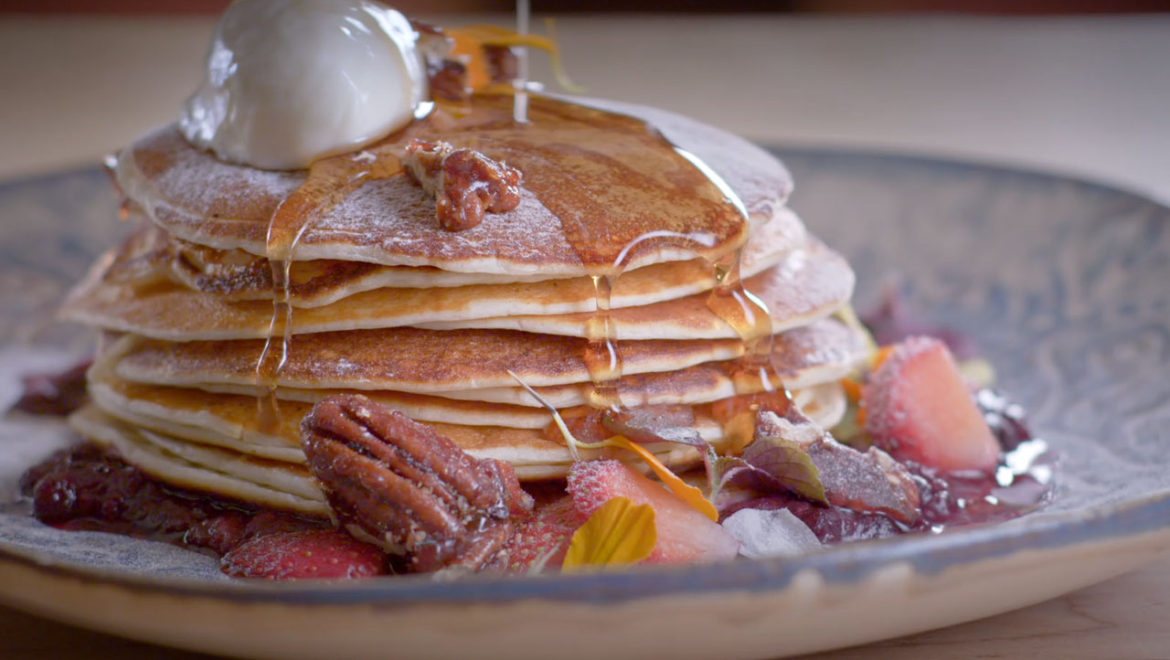Bleach Bypass
The bleach bypass is a technique that was pioneered in the film days, where colour film would skip the bleach bath during processing and keep the silver retained in processing. To mimic this result in Resolve we can either use an exaggerated S-Curve to crush down some of the black information and punch up some of the highlights. Doing this will oversaturate the colours, so you will need to pull the saturation back a little bit to get the image into a bleach bypass look. You can also do another version with the Primaries console and can adjust the luma channel and raise the gain, and lower the luma for lift. Doing this will expand the contrast back, but since the correction was done with the independent luma channel you won’t affect the saturation levels like a 3 way corrector adjustment would. To show how the same look can be achieved multiple ways we’re going to apply the same look with another process. Start by re-adjusting the curves to introduce some more contrast, this will add saturation to prominent colours in your clip. Determine which of those colours you want to modify and adjust using the Hue Vs. Sat curve. If you haven’t selected a large enough range you can use the shift key to add new points in the curve, and right click the unwanted points to remove them.
This has achieved a similar look to what we have already created, but to take it one step further we are going to achieve the same look using a layer node. Now with the two layers we are going to desaturate the lower layer, and play around with the contrast to set the highlights and shadows. Now with the Layer Mixer we can adjust the composite mode to add an Overlay, which multiply’s everything under 50% and screens anything above 50%. The nice thing about this way of processing the footage is that it can easily be applied to other clips, and the intensity of the high contrast look can be modified with the black and white luma node. Just to go that much further, instead of dropping the saturation, we can switch the RGB mixer to Monochrome, and adjust the channel outputs to balance the image in a more specific way similar to that of adjusting the low and high range in
Log Correction mode
Now that we have created all the versions of the same effect, we can toggle through them and see how they vary in style. The advantage to doing this over a preset effect is that you will be in complete control and not restricted by the preset parameters.
Cross Processing
Is another development method that was created in the film processing days, when a particular film stock would be used, but the chemical treatment in post production would differ from the common treatment. This can be a hit or miss technique, but creates a unique look that’s very stylized and quite trendy in modern image processing. To start out in your first node apply a small S-curve to introduce some more contrast, and with the Primary Color palette remove some of the saturation. Now create a second node, and with the curves you will want to ungang the channels. This enables to modify and tweak individual S and J curves, creating a non-linear colour interaction that has different colours in the highlights than the shadows.
By adding to the red/green channel highlights, and removing from the shadows we will get a yellow golden look for bright areas, and more blue information in the shadow section. This can be enhanced by using the blue channel to pull that information off the floor of the curve, and inherently add more yellow to the midrange. Another great feature in Resolve is that you can use the eye dropper tool while selecting a skin tone in the image, and this will add YRGB points, so you can modify the curves around these points, and have minimal effect on your skin tone region. Another way to preserve the skin tones is to add a layer node that will bypass the cross processing, and you will use a qualifier to select the skin tone. This will use the original node or image information, and can be modified using the key output gain settings to specify how intense the effect is.
Glow Tones
If you want to create a majestic cinematic look you will start by adjusting the contrast of your overall image, and with a second node you will use a qualifier to select the highlight ranges of the image. Now with your selection made you will raise the lift and gain of the image. It’s important to have a large blur radius on your qualifier in order to get the glowing effect. To amplify this effect you can add a layer node and crush the midtone and shadows. With the layer mixer set the composite node to ‘Add’ and modify the curve to get the desired look with the image. If you add another additional serial node to this layer, you can modify the blur settings to create an even more dramatic dream feel effect.


